Optimizing berry farming requires a holistic approach, incorporating cutting-edge pest management strategies and sustainable cultivation practices. Explore disease-resistant berry varieties and embrace organic farming methodologies for eco-friendly cultivation. Implement integrated pest management (IPM) techniques to ensure robust berry crop health. Nurture your berry orchard’s soil with precision and master the art of plant pruning for enhanced yields.
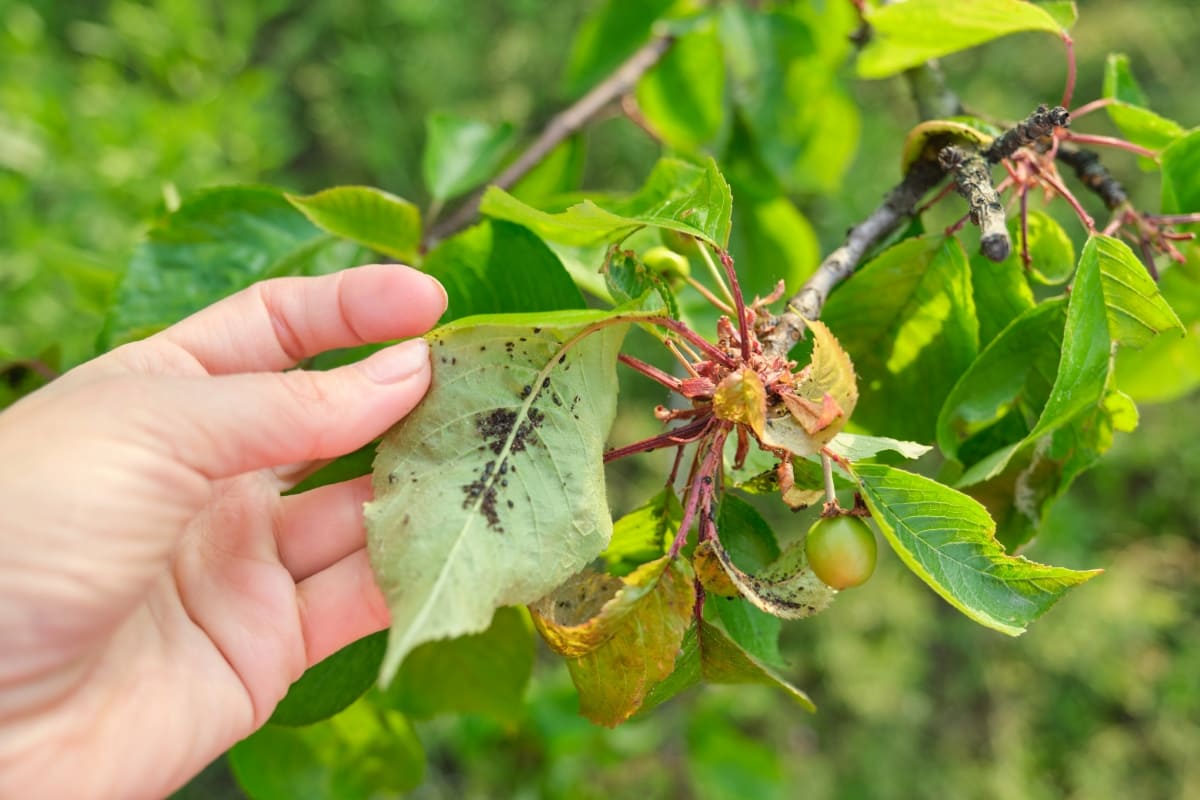
Harness the power of biological pest control and natural pesticides, fostering a harmonious ecosystem in your berry farm. Integrate eco-friendly irrigation systems and weed management strategies for sustainable production. Unleash the potential of beneficial insects to bolster berry crop health and achieve optimal yields. This comprehensive guide ensures a thriving and resilient berry farming venture, aligning with modern agricultural and ecological principles.
How to Manage Pests and Diseases in Berry Orchards
Understanding Berry Pests and Diseases
Berry orchards are susceptible to pests, diseases that can reduce the yield, quality of the fruits. Some of the common berry pests include aphids, cane borers, fruitworms, Japanese beetles, leafhoppers, mites, and thrips. Some of the common berry diseases include powdery mildew, peach leaf curl, pocket plum, pear rust, and scab. To manage these problems, it is important to understand their life cycles, symptoms, and damage. Early detection, identification of pests and diseases can help prevent or minimize their spread and impact.
Site Selection and Preparation
One of the best ways to prevent pests and diseases in berry orchards is to select a suitable site and prepare it well before planting. Choose a site that has good drainage, air circulation, sunlight, and soil fertility. Avoid planting berries near wild or abandoned orchards that may harbor pests and diseases.
Test the soil for pH, nutrients, organic matter, and nematodes. Amend the soil with lime, compost, or fertilizer as needed. Remove any weeds, debris, or infected plant material from the site. Prepare raised beds or rows to improve drainage and reduce root rot.
Plant Selection for Resistance
Another preventive measure is to select berry varieties that are resistant or tolerant to pests, diseases that are common in your area. Resistance means that the plant can avoid or limit the infection or damage by a pest or disease. Tolerance means that the plant can endure the infection or damage without significant loss of yield or quality.
In case you missed it: How To Grow Hydroponic Strawberries
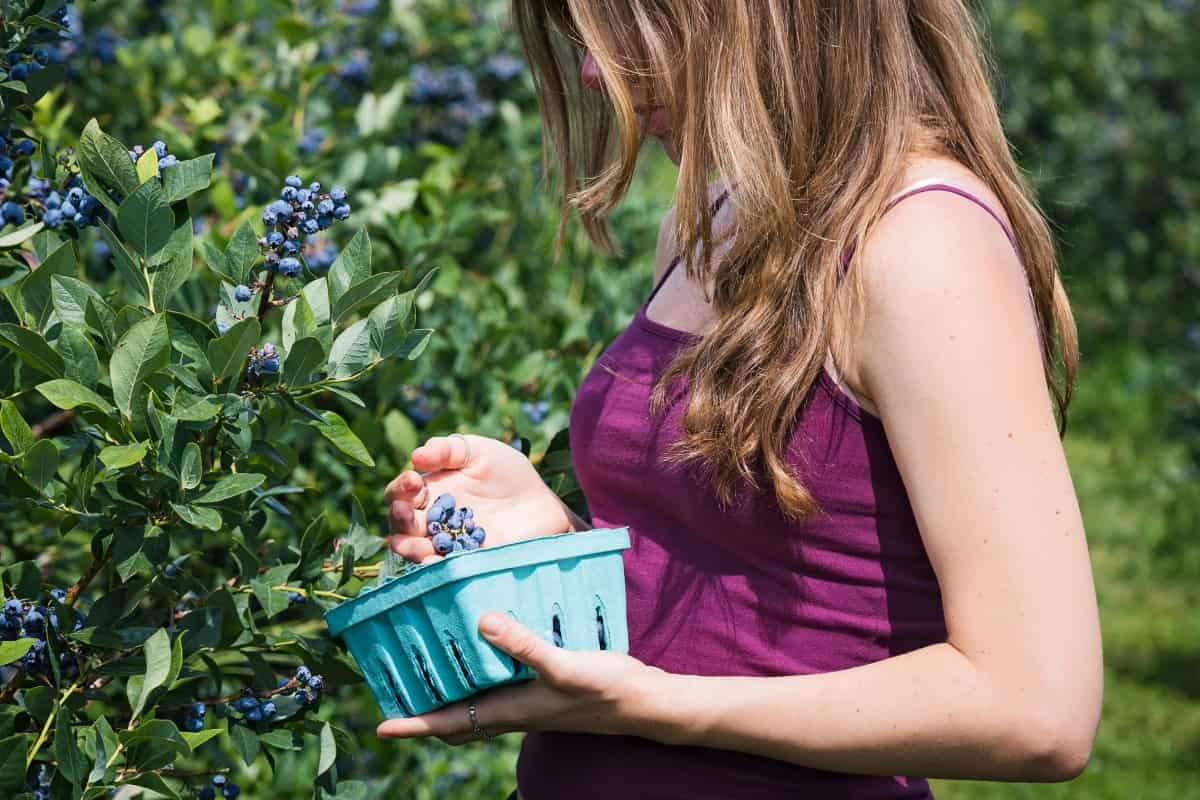
Check with your local extension service or nursery for recommendations on resistant or tolerant varieties for your region. Buy certified disease-free plants from reputable sources, inspect them for signs of pests or diseases before planting.
Cultural Practices
Cultural practices are methods of growing and maintaining plants to improve their health and productivity. They include planting at the right time, spacing, and depth; pruning and thinning to remove dead or damaged branches; harvesting and handling fruits carefully to avoid contamination; cleaning and sanitizing tools and equipment to prevent pest spread; and disposing of infected or infested plant material through burning, burying, or composting. These practices help manage pests and diseases in berry orchards.
Soil Management
Soil management is the practice of improving the physical, chemical, biological properties of soil to support plant growth and health. Some of the soil management practices that can help manage pests and diseases in berry orchards are:
- Adding organic matter like compost, manure, or cover crops to improve soil structure, water retention, nutrient availability, and microbial activity.
- Rotating crops with non-host plants to break the life cycles of soil-borne pests and diseases.
- Applying mulch to suppress weeds, conserve moisture, moderate soil temperature, and prevent soil erosion.
- Controlling nematodes by using resistant varieties, nematicides, solarization, or biocontrol agents.
Water Management
Water management is the practice of providing adequate and timely irrigation to plants while avoiding excess or deficit water stress. Some of the water management practices that can help manage pests and diseases in berry orchards are:
- Using drip irrigation or micro-sprinklers to deliver water directly to root zone, reduce runoff, evaporation, and foliar wetness.
- Monitoring soil moisture using tensiometers, capacitance probes, or other devices to determine when and how much to irrigate.
- Scheduling irrigation based on crop stage and weather conditions.
Mulching and Weed Control
Mulching practice involves covering the soil around the plants with organic or synthetic materials. Mulching can help reduce weed growth, conserve soil moisture, moderate soil temperature, improve soil fertility, and suppress some soil-borne diseases. Some common mulches for berry crops are straw, wood chips, plastic, paper, and fabric. Mulching can also reduce the risk of fruit rots by preventing contact between the fruit and the soil.
In case you missed it: Strawberry Farming Project Report, Cost, Profit Guide
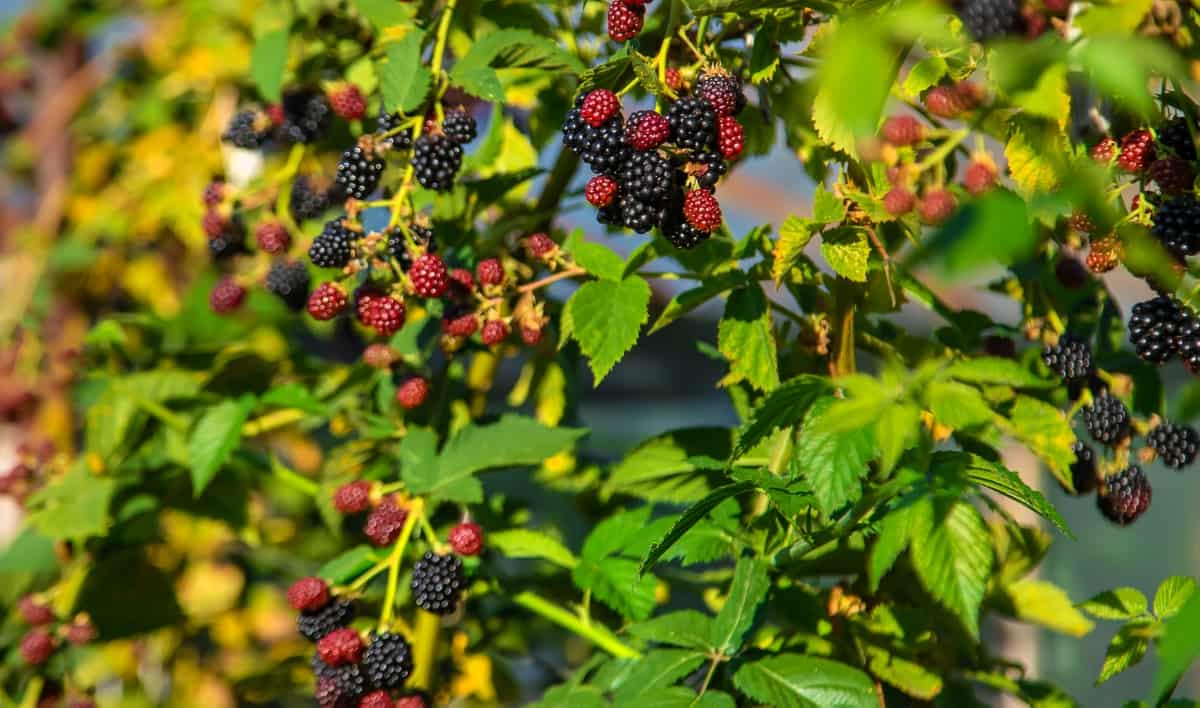
Weed control is important for berry production because weeds can compete with plants water, nutrients, light, and space. Weeds can also harbor pests and diseases, interfere with harvesting, and reduce fruit quality. Weed control by mechanical methods (such as hoeing, mowing, or cultivating), cultural methods (such as mulching, crop rotation, or cover cropping), or chemical methods (such as herbicides).
Pruning and Canopy Management
Pruning is a practice that involves removing unwanted parts of the plants, such as dead, diseased, damaged, or unproductive branches. Pruning can help improve air circulation, light penetration, fruit quality, and yield. Pruning can also reduce the incidence and severity of some diseases, such as powdery mildew, botrytis blight, and cane blight. Pruning should be done at the appropriate time and frequency, depending on the type of berry crop.
Canopy management is a practice that involves shaping and training the plants to achieve a desired form and structure. Canopy management can help optimize the use of space, light, and resources. Canopy management can also facilitate pest and disease management, harvesting, and pruning. Canopy management can be done by using supports (such as trellises, wires, or stakes), ties (such as twine or clips), or pruning tools (such as shears or saws).
Use of Row Covers and Netting
Row covers are materials that are used to cover the plants or rows of plants to protect them from adverse environmental conditions, such as frost, wind, hail, or excessive heat. Row covers can also exclude some pests, such as birds, insects, or mammals. Row covers can be made of plastic, fabric, or paper. Row covers are removed when the plants need pollination or ventilation.
Netting is a material that is used to cover the plants or rows of plants to prevent damage from birds or other animals. Netting can be made of plastic, metal, or nylon. Netting should be installed before fruit ripens and removed after harvesting.
Biological Control Methods
Biological control is a method that involves using natural enemies (like predators, parasites, or pathogens) to suppress the population of pests or diseases. Biological control can be achieved by conservation (such as providing habitat, food, or shelter for natural enemies), augmentation (such as releasing or enhancing natural enemies), or classical (such as introducing exotic natural enemies). Some examples of biological control agents for berry crops are ladybugs, lacewings, predatory mites, parasitic wasps, nematodes, and fungi.
In case you missed it: How To Start Strawberry Gardening, Tips, Ideas
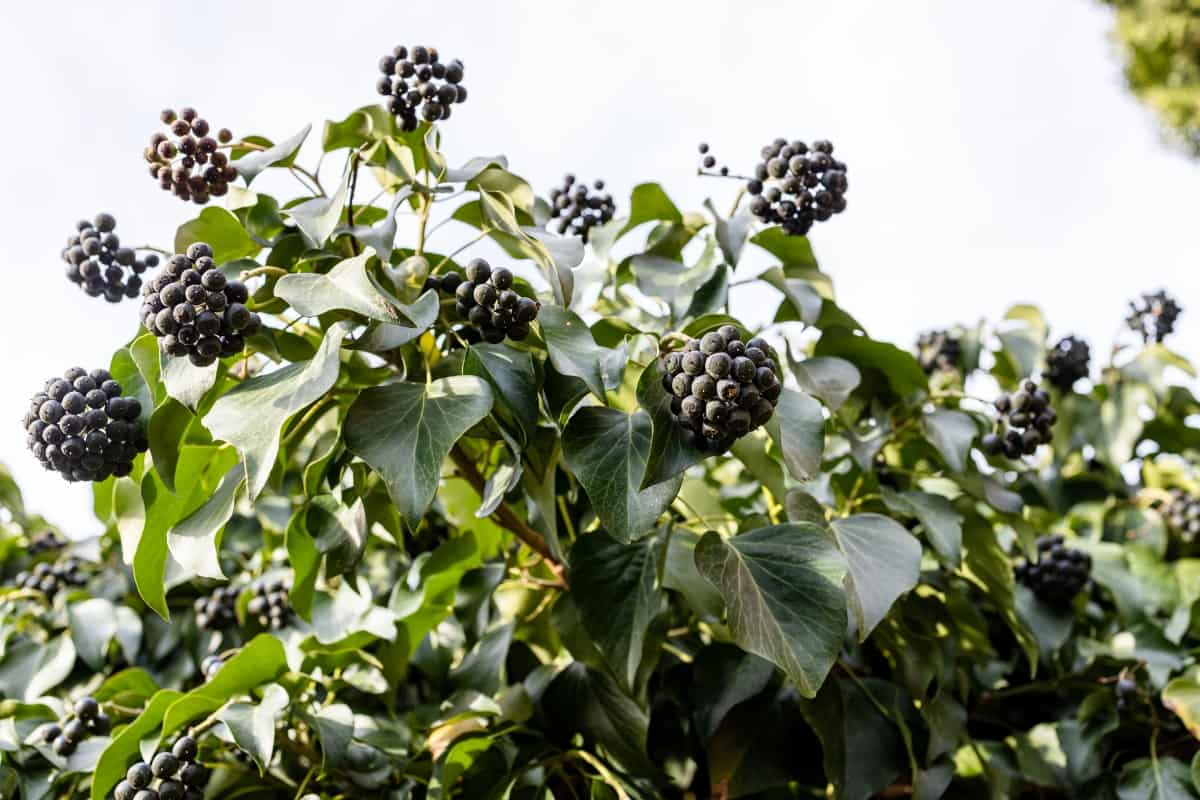
Chemical Control Strategies
Chemical control is a method that involves using pesticides (such as insecticides, fungicides, or herbicides) to kill or repel pests or diseases. Chemical control should be used as a last resort when other methods are not effective or feasible. Chemical control should be based on accurate identification of the pest or disease, monitoring of the pest or disease population, selection of the appropriate pesticide product and application method, timing of the pesticide application according to the pest or disease life cycle and weather conditions, calibration of the pesticide equipment and following of the pesticide label instructions.
Monitoring and Scouting
Monitoring and scouting are practices that involve observing, recording the presence and abundance of pests, diseases, natural enemies, and crop conditions. Monitoring and scouting can help determine the need for pest and disease management actions, evaluate the effectiveness of pest and disease management actions, and prevent unnecessary pesticide applications.
Monitoring and scouting can be done by using traps (such as pheromone traps, sticky traps, or pitfall traps), sampling techniques (such as visual inspection, beating sheets, or sweep nets), or tools (such as magnifying lenses, hand lens or microscope).
Sanitation and Crop Rotation
Sanitation is a practice that involves removing and destroying plant debris (such as leaves, stems, fruits, or roots) that may harbor pests or diseases. Sanitation can help reduce the sources of inoculum, prevent the spread of pests and diseases, and disrupt the pest or disease life cycle. Sanitation should be done before, during, and after the growing season.
In case you missed it: Growing Strawberries Vertically from Scratch: Methods, Tips, and Ideas
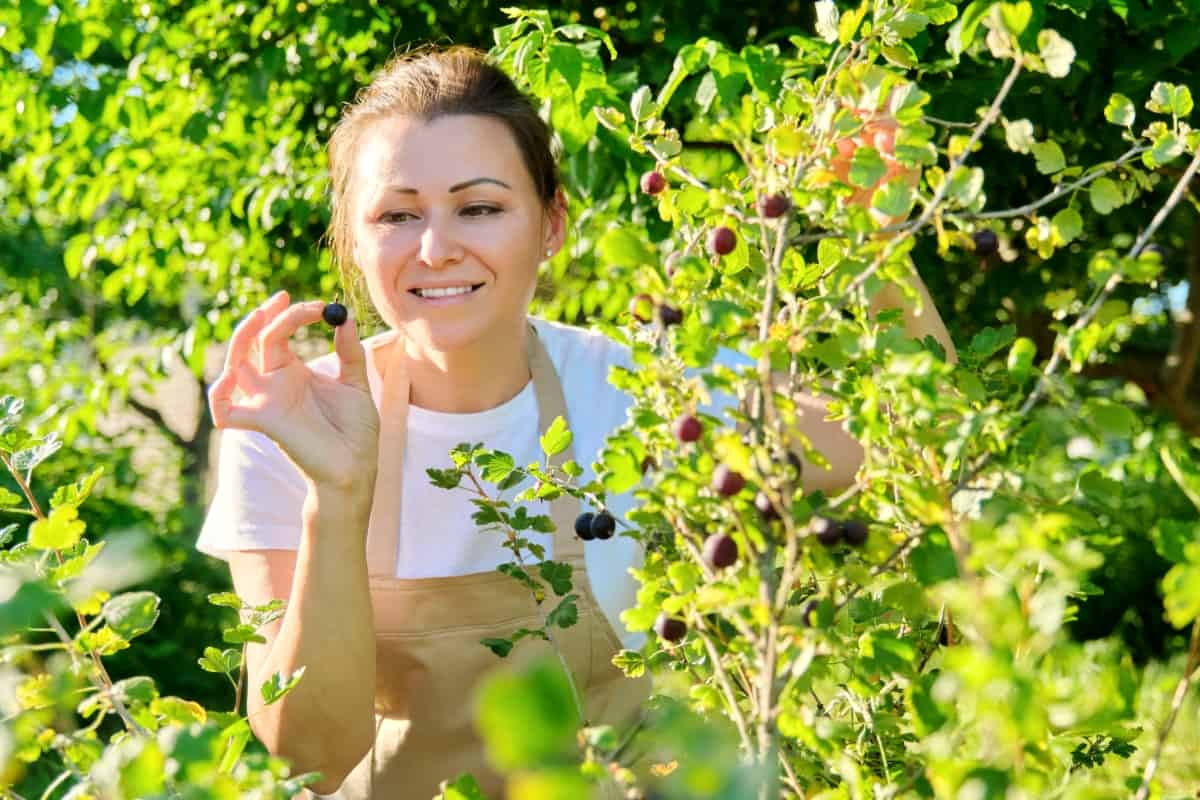
Crop rotation changes the crop grown in a field or area from one season or year to another. Crop rotation can help reduce the build-up of pests or diseases, improve soil fertility and structure, diversify crop income, and reduce pesticide resistance. Crop rotation should be done with crops that are not hosts of the same pests or diseases as the berry crops.
Mechanical and Physical Removal
Mechanical and physical removal are methods that involve using tools or devices to remove or kill pests or diseases physically. Mechanical and physical removal can be done by hand-picking (such as picking off insects, eggs, or infected fruits), cutting (such as cutting off infected branches or canes), trapping (such as using baited traps, sticky traps, or funnel traps), vacuuming (such as using a portable vacuum to suck up insects) or flaming (such as using a propane torch to burn off weeds).
Reflective Mulches and Environmental Modifications
Reflective mulches are materials that are used to cover the soil around the plants to reflect sunlight. Reflective mulches can help repel some insects, such as aphids, thrips, or whiteflies, by disrupting their vision and orientation. Reflective mulches can also increase the temperature and light intensity around the plants, which may enhance plant growth and fruit quality. Reflective mulches can be made of aluminum foil, metalized plastic, or white plastic.
In case you missed it: How this Farmer Earning 18 Lakhs from His Strawberry Farm: A Success Story of a Fruit Farmer in India
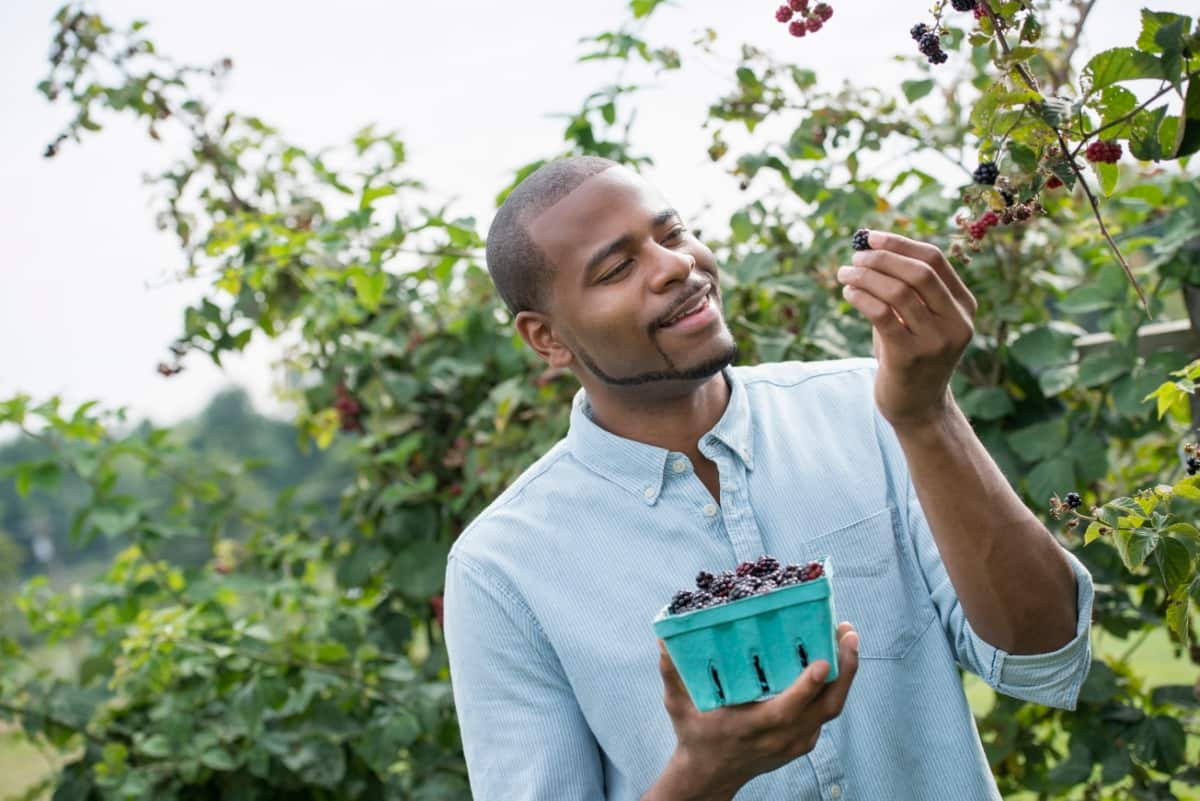
Environmental modifications are methods that involve altering the microclimate around the plants to make it less favorable for pests or diseases. Environmental modifications can be done by using irrigation (such as drip irrigation, sprinkler irrigation, or overhead irrigation), ventilation (such as using fans, blowers, or vents), or shading (such as using shade cloth, screens, or nets).
Common Pests and Diseases in Berries
| Berry Crop | Common Pests | Common Diseases |
| Strawberry | Aphids, spider mites, thrips, slugs, snails, strawberry root weevil, strawberry clipper, strawberry sap beetle, spittlebug, tarnished plant bug, lygus bug, strawberry crown borer, strawberry bud weevil, strawberry leafroller | Powdery mildew, botrytis blight, anthracnose fruit rot, leather rot, angular leaf spot, common leaf spot, leaf scorch, leaf blight, red stele root rot |
| Raspberry | Aphids, spider mites, thrips, raspberry cane borer, raspberry crown borer, raspberry horntail, raspberry sawfly, raspberry fruitworm beetle, raspberry beetle, spotted wing drosophila | Powdery mildew, botrytis blight, anthracnose cane spot and fruit rot, spur blight, cane blight. |
| Blackberry | Aphids, spider mites, thrips, blackberry psyllid, blackberry crown borer, raspberry crown borer, raspberry horntail, raspberry sawfly | Powdery mildew, botrytis blight, anthracnose cane spot and fruit rot, orange rust, double blossom. |
| Blueberry | Aphids, spider mites, thrips, blueberry maggot, cherry fruitworm, cranberry fruitworm, plum curculio, blueberry stem borer, blueberry tip borer, blueberry gall midge, spotted wing drosophila | Powdery mildew, botrytis blight, mummy berry, anthracnose fruit rot, alternaria fruit rot, phomopsis twig blight and fruit rot, fusicoccum cane canker. |
Conclusion
Effectively managing pests and diseases in berry orchards is paramount for a thriving harvest. Adopt integrated pest management strategies, employ biological controls, and implement preventive measures. Regular monitoring and prompt intervention ensure the health of berry crops, securing a bountiful and sustainable yield for successful orchard management.
- Types of Pesticides Used in Agriculture: A Beginner’s Guide
- Economical Aquaculture: A Guide to Low-Budget Fish Farming
- 15 Common Planting Errors That Can Doom Your Fruit Trees
- How to Make Houseplants Bushy: Effective Tips and Ideas
- Innovative Strategies for Boosting Coconut Pollination and Yield
- Pollination Strategies for Maximum Pumpkin Yield
- The Complete Guide to Chicken Fattening: Strategies for Maximum Growth
- Natural Solutions for Tulip Problems: 100% Effective Remedies for Leaf and Bulb-Related Issues
- Revolutionizing Citrus Preservation: Towards a Healthier, Greener Future
- Natural Solutions for Peony Leaf and Flower Problems: 100% Effective Remedies
- Maximizing Profits with Avocado Contract Farming in India: A Comprehensive Guide
- Natural Solutions for Hydrangea Problems: 100% Effective Remedies for Leaf and Flowers
- The Ultimate Guide to Choosing the Perfect Foliage Friend: Bringing Life Indoors
- From Sunlight to Sustainability: 15 Ways to Use Solar Technology in Agriculture
- The Ultimate Guide to Dong Tao Chicken: Exploring from History to Raising
- The Eco-Friendly Makeover: How to Convert Your Unused Swimming Pool into a Fish Pond
- Mastering the Art of Delaware Chicken Farming: Essentials for Healthy Backyard Flocks
- 20 Best Homemade Fertilizers for Money Plant: DIY Recipes and Application Methods
- How to Craft a Comprehensive Free-Range Chicken Farming Business Plan
- Brighten Your Flock: Raising Easter Egger Chickens for Beauty and Bounty
- How to Optimize Your Poultry Egg Farm Business Plan with These Strategies
- Subsidy for Spirulina Cultivation: How Indian Government Schemes Encouraging Spirulina Farmers
- Ultimate Guide to Raising Dominique Chickens: Breeding, Feeding, Egg-Production, and Care
- Mastering the Art of Raising Jersey Giant Chickens: Care, Feeding, and More
- Ultimate Guide to Raising Legbar Chickens: Breeding, Farming Practices, Diet, Egg-Production
- How to Raise Welsummer Chickens: A Comprehensive Guide for Beginners
- How to Protect Indoor Plants in Winter: A Comprehensive Guide
- Ultimate Guide to Grow Bag Gardening: Tips, Tricks, and Planting Ideas for Urban Gardeners
- Guide to Lotus Cultivation: How to Propagate, Plant, Grow, Care, Cost, and Profit
- Agriculture Drone Subsidy Scheme: Government Kisan Subsidy, License, and How to Apply Online
- Ultimate Guide to Raising Araucana Chickens: Breed Profile, Farming Economics, Diet, and Care
- Bringing Hydroponics to Classroom: Importance, Benefits of Learning for School Students
- Ultimate Guide to Raising Polish Chickens: Breed Profile, Farming Economics, Diet, and Care
- Ultimate Guide to Raising Australorp Chickens: Profile, Farming Economics, Egg Production, Diet, and Care
- Silkie Chicken Farming: Raising Practices, Varieties, Egg Production, Diet, and Care
- Sussex Chicken Farming: Raising Practices, Varieties, Egg Production, Diet and Care